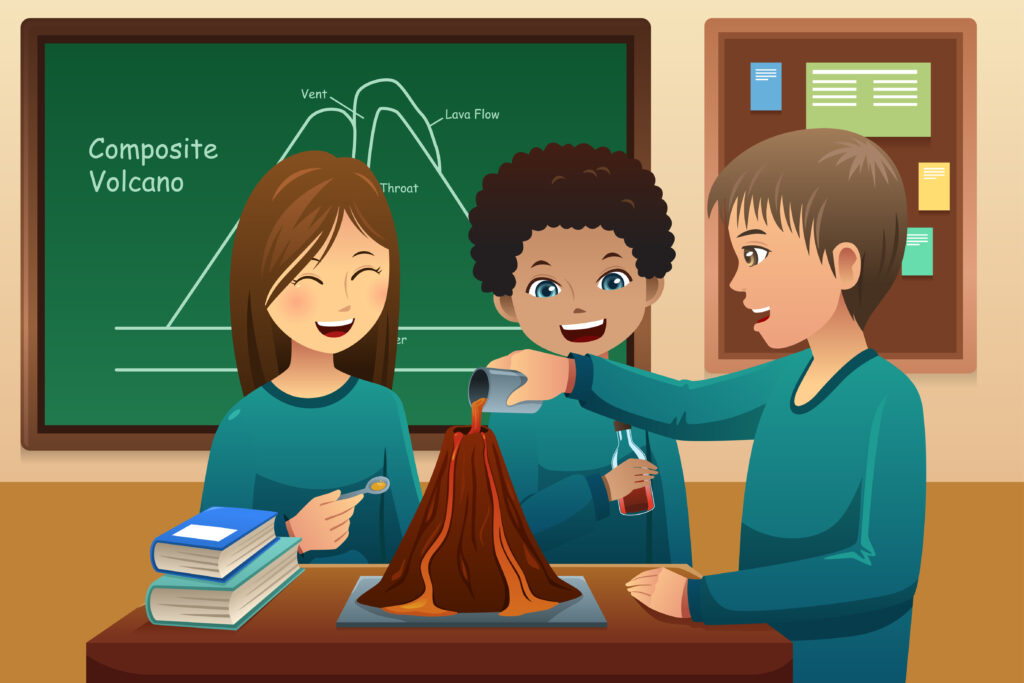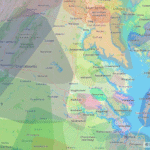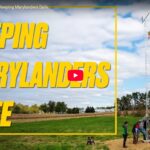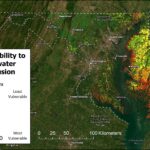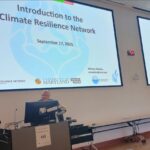While perusing the internet over the weekend, I saw a teacher’s post on a message board asking for Earth science project ideas. Of course, in the moment, I couldn’t think of anything I did in the classroom, but I’ve been pondering this ever since. I loved projects as a teacher for several reasons:
- It can be a fun, inclusive way to assess students understanding of a concept (compared to tests)
- Students can work in small teams or independently
- Students can practice skills like public speaking, research, or collaboration
- Free up some time you’d spend planning daily lessons so you can do other things (grading, brainstorming the next unit/topic, taking a breath, etc.)
- Relatively easy to modify depending on what you and/or your students need
Projects can be a good alternative to tests to assess your students’ mastery of a topic. But did you know you could use projects to teach or introduce a new topic? One of my favorite things to do at the beginning of a unit was to have students make Frayer models for new vocabulary to add to our word wall, which we refer to during the entire unit. I’m excited to share some of my favorite Earth and space science projects from throughout my years in the classroom.
Formative Projects
1. Anchor charts
Anchor charts are posters made by you or your students to support the lesson. Can be used for vocabulary, procedures/strategies, or processes.
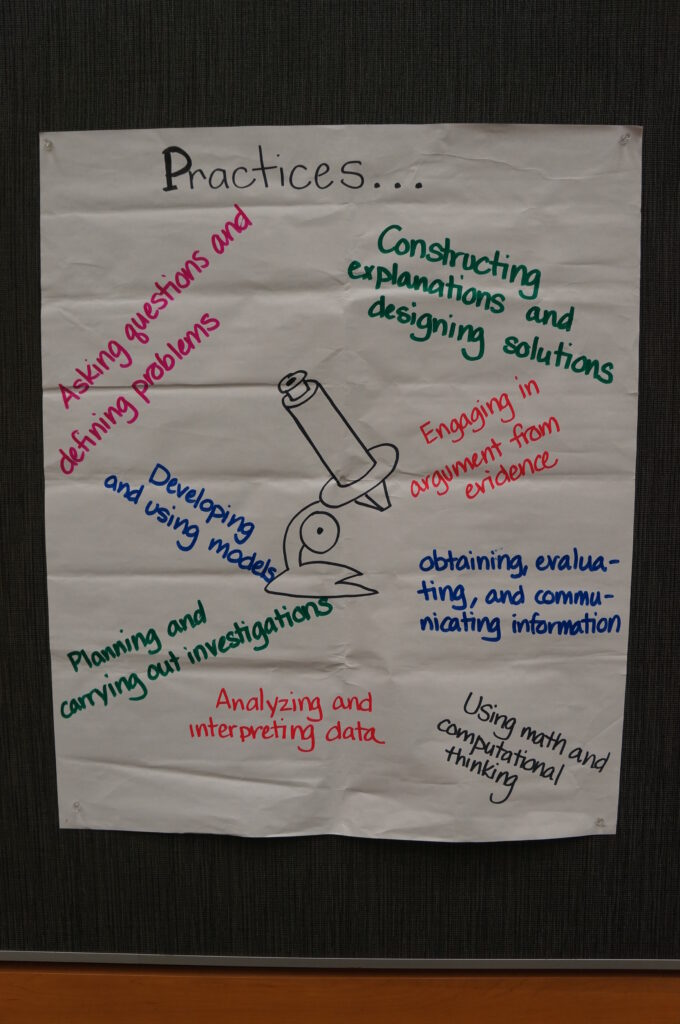
Example of an anchor chart. This one is about science and engineering practices. Courtesy of Pacific Northwest National Laboratory.
2. Continental Drift – Pangea Puzzle
Students use fossil, rock, and glacial evidence to construct a map of Pangea like a puzzle. They then use their maps to answer a few questions. Use this activity to teach the continental drift hypothesis and/or introduce the theory of plate tectonics.
There are many versions of the Frayer model. I used the version in which the vocabulary term is written in the center, then the definition, an example, a “non-example,” and a picture surround the term. Use this activity to review the definition of important terms. Choose one of each term to hang on your word wall to support learning throughout the unit or topic.
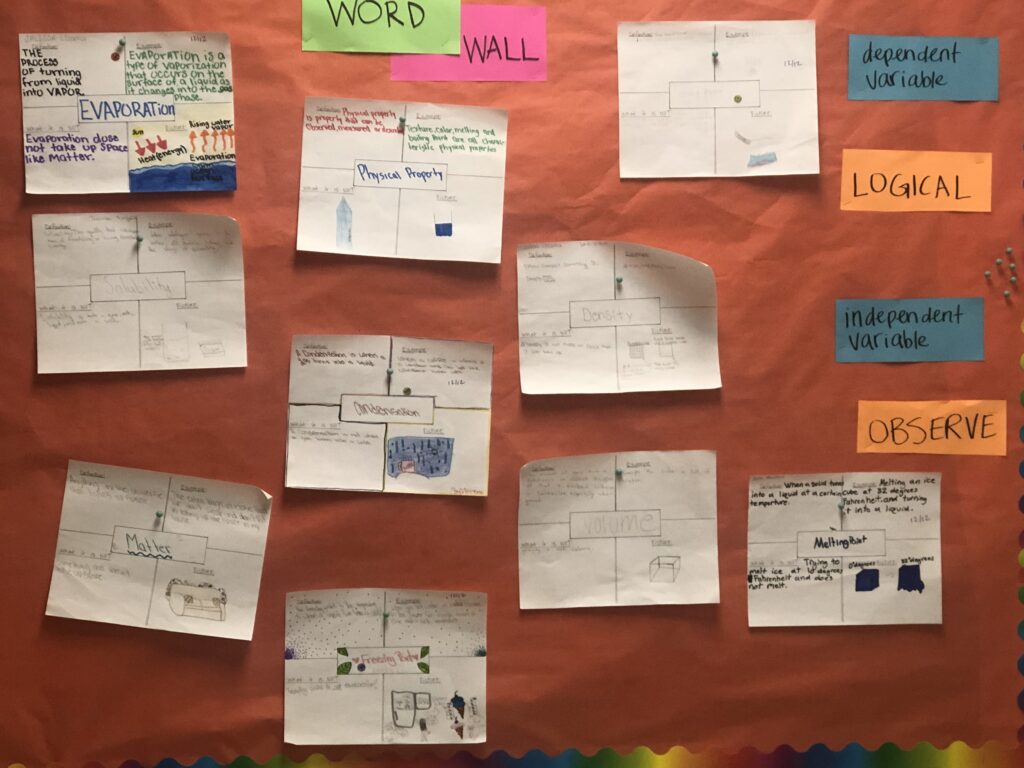
Example of a Frayer model word wall from my classroom in 2018/2019. Photo note: probably taken very quickly while students were present.
Summative Projects
The projects shared here are designed to be done independently or in a small group (2-4 students). Students worked on these projects in class unless they did not finish on the last work day. Three to seven school days usually allowed students enough time to complete high-quality work. Be willing to be flexible should your kids need more or less time. Have extension activities or something productive to do ready for early finishers.
1. Extreme Weather/Natural Disasters Project
Create a presentation to teach your classmates about one type of natural disaster; how it forms, how to forecast it (if possible), and how to stay safe before, during, and after the event.
Create a presentation that explains the relationship between the Earth, Sun, and Moon; what causes seasons, moon phases, and eclipses.
3. Comic Strips
Students can make comic strips about any topic. I have had students create comics about:
- Changing states of matter
- Phases of the moon and eclipses
- Rock cycle
Extension activity ideas:
- Have your early finishers check their work:
- Proofread
- Check for accuracy
- Add color if they haven’t already
- Give them a rubric to grade their project before they turn it in, then add whatever is missing
- Have students read or watch a text (article, book excerpt, short video, etc) about a relevant topic, then write 3-5 things they learned from the text and 1-2 questions about the text. You can provide a text or list of texts for students to choose from, or have your students choose their own. If you have your students choose their text, be sure to check it for relevance and appropriateness for their grade level.
- Have early finishers help their classmates who are still working on the project.
- Crossword puzzles, word searches, and other puzzles, preferably those that have students practice relevant vocabulary or reinforce a topic.

